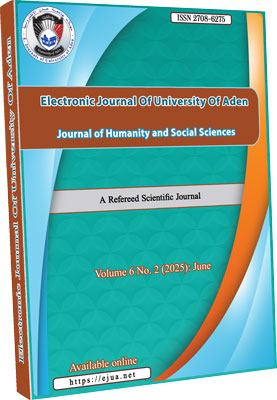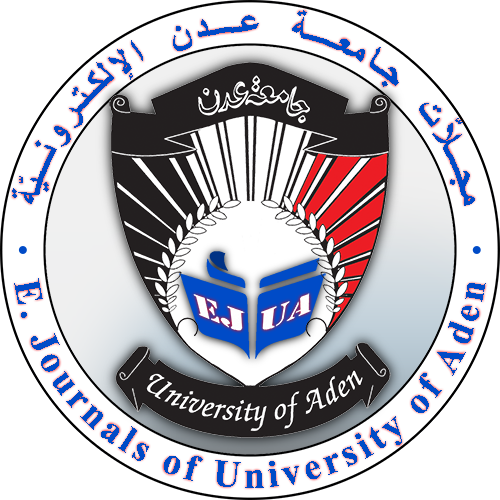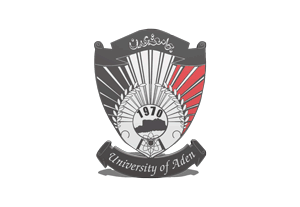THE SUGGESTIVE CONNOTATION IN THE POETRY OF ABDULLAH AL-BARADOUNI, (THE COLLECTION OF MADINAT AL-GHAD AS A MODEL)
DOI:
https://doi.org/10.47372/ejua-hs.2025.2.450Keywords:
Suggestive, Connotation, Semiotics, Al-Bardouni, PoetryAbstract
This research aims to study the suggestive connotation in (Abdullah Al-Baradouni's poetry), the collection of (Madinat Al-Ghad); because of the great importance of this collection, as it contains suggestive, symbolic connotations those express the unsaid and the unspoken in the poetic discourse and cannot be interpreted literally. The effect of poetic discourse is revealed by the suggestive connotation resulting from interpretive reading. This research is composed of an introduction and two sections: The first one, the theoretical aspect of the suggestive connotation of the threshold of the collection, interrogating its suggestive connotations, and clarifying the extent of its compatibility and interconnection with the internal titles. While the second section was devoted to the practical side, the researcher relied on the mechanisms of the semiotic approach, to delve into the depths of the text and its deep corridors to uncover its suggestive connotations hidden behind its superficial structure throughout the collection. The research results indicated that Al-Bardouni’s poetic discourse carries deep, indirect, symbolic, suggestive connotations in the collection of (Madinat Al-Ghad), which visually embodies his experience to draw the reality and its perceptions in an intense, suggestive, symbolic language.
Downloads
Downloads
Published
How to Cite
Issue
Section
License
Copyright (c) 2025 Salah Abdullah Thabit Saeed

This work is licensed under a Creative Commons Attribution-NonCommercial 4.0 International License.








